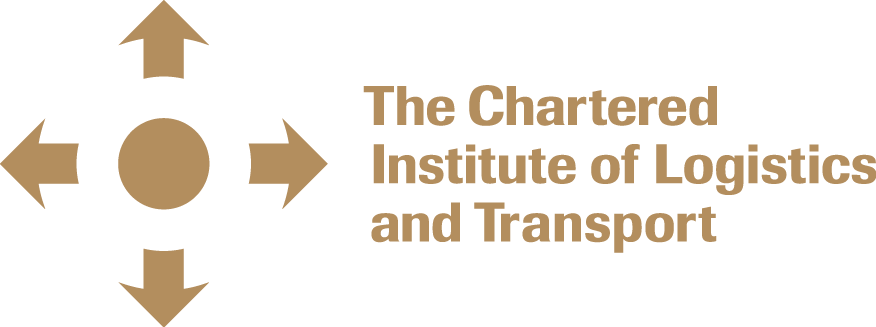1. Supply chain recovery priorities
a. Decision rules used by Canadian Transportation Agency when adjudicating complaints about levels of service, air travellers’ bill of rights, etc. during period of recovery from a major disruption (see also 1.4 and 4.2)
2. Border facilitation
a. Balancing border security on one hand vs. low resistance to movement of goods on the other (see also A4)
3. Port and terminal operation
a. Using government influence, if and when appropriate, to encourage and ensure synchronized activities, or 24/7 operation, of terminals on federal land (see also 1.2.)
4. Drone deliveries in cities (see also 1.8, 2.3, and 7.7)
a. Setting and enforcing rules of the marketplace:
- ensuring fair competition
- avoiding or dealing with concentration of market power
b. Ensuring access to airspace by smaller carriers
5. Cross-border transport of goods by drones
a. New practices for customs clearance, documentation, cabotage, foreign operation in Cdn airspace, licensing (see also 2.3 and A4)
6. Bringing aviation model of safety governance into other modes (e.g., with numerical limits on accident probability)
7. Incorporating social-sciences research into safety and security governance
a. Setting limits for risk that reflect public perception of outrage (Outrage is the primary driver of public perception of risk, not factual data.)
b. Dealing with the public’s desire to be protected from all risks (where is right place to draw the line on risk-reduction efforts?)
c. Establishing rules for responsibility in safety failures (Current safety models attribute most failures to operator error, rather than to weaknesses in system design—a flawed assumption, now forced into the open by AVs.)
d. Establishing rules for ethical decisions in AV software
8. Updating governance regimes at the pace of technology-based change
(Regulations are slowing the rate of Canadian innovation and retarding the relevance of education)
a. Finding non-regulatory alternatives for governance of marketplace activities
- industry standards
- codes of practice
- economic incentives synched to society’s expectations
9. Increasing regulatory flexibility and adaptability
- Adopt proxy thinking in governance
- Accelerate process of switching from low-level proxies (“prescriptive” regulations) to higher-level ones
10. Establishing a regulatory regime for driverless vehicles
11. Establishing a regulatory regime for cannabis
(Effects of THC on human impairment are highly unpredictable — half-life is 1.6 to 59 hrs!)

